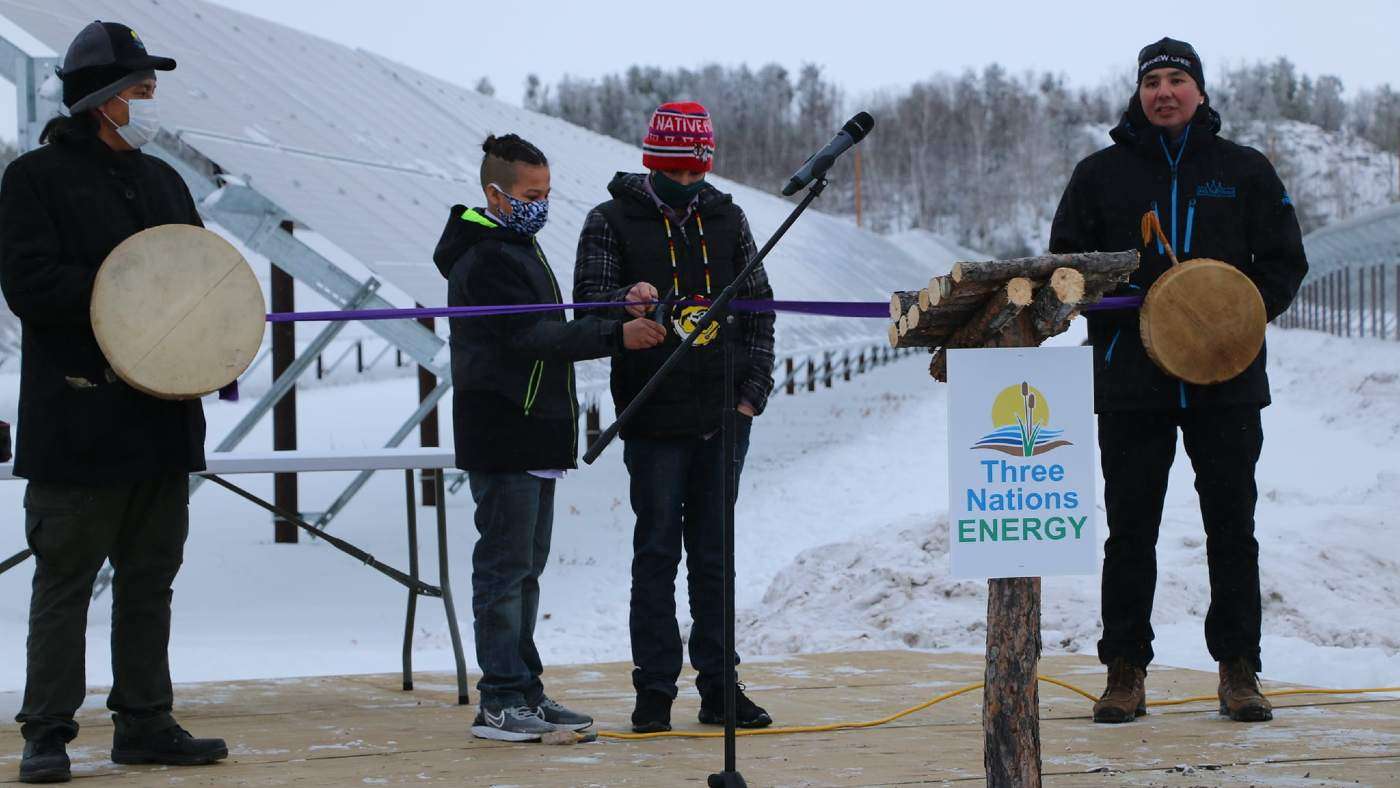Environmental Policies Across EU Set Up Dramatic Improvement in Air Quality That Has Saved Thousands of Lives
There's been a marked improvement in European air quality over the past decade, the European Environment Agency reports.

Canada's largest indigenous-owned solar farm has just been opened in the Northern Alberta community of Fort Chipewyan.
Supplying 2.2 megawatts of solar electricity for three First Nations tribes, it will decrease the reliance of the community on the diesel-fired plant that has supplied them for decades.
Jointly owned by the Athabasca Chipewyan First Nation, the Mikisew Cree First Nation, and the Fort Chipewyan Metis Association, Three Nations Energy was established to bring about low-cost, low-carbon energy to help mitigate climate-related threats and decrease reliance and unreliable diesel tanker deliveries.
"We worked together and we made it happen," Chief Allan Adam of the Athabasca Chipewyan First Nation said Tuesday at a COVID-limited celebration of the completion of the project's second and final phase.
"We work with the sun, we work with the wind, we work with mother nature and we work the water for the children of the future—to give them a better life, a cleaner life."
A community of just 1,000 people, until now, Fort Chipewyan got their necessary three million liters of diesel a year from fuel trucks braving ice roads that melt away in summertime, or by river barge.
The 5,760 solar panels will contribute about 25% of the community's power demand, but being in the subarctic, daylight hours in wintertime are few, meaning that solar energy is a little less reliable than in most other places.
The renewable energy it generates will be equivalent to about 800,000 liters of diesel, or 2,300 tonnes of CO2, sparing 25 tankers the 220-kilometer (124-mile) trek up from Fort McMurray in the south on dangerous ice roads.
"This is a very proud moment for all of us as a community. We've worked together very hard for these past couple of years," said Blue Eyes Simpson, vice-president of the Fort Chipewyan Métis Association.
The state and federal government helped contribute to the $7.6 million project, which is also the world's most remote solar farm.
"Indigenous people must have an equity stake in resource projects if there's going to be a healthy future for our vital resources industry," said in a pre-recorded congratulations from Rick Wilson, Alberta's minister of Indigenous Relations.
(WATCH the video below to learn more about the new solar farm.)
RENEW the Hope And Share This Good News From the North…
Be the first to comment